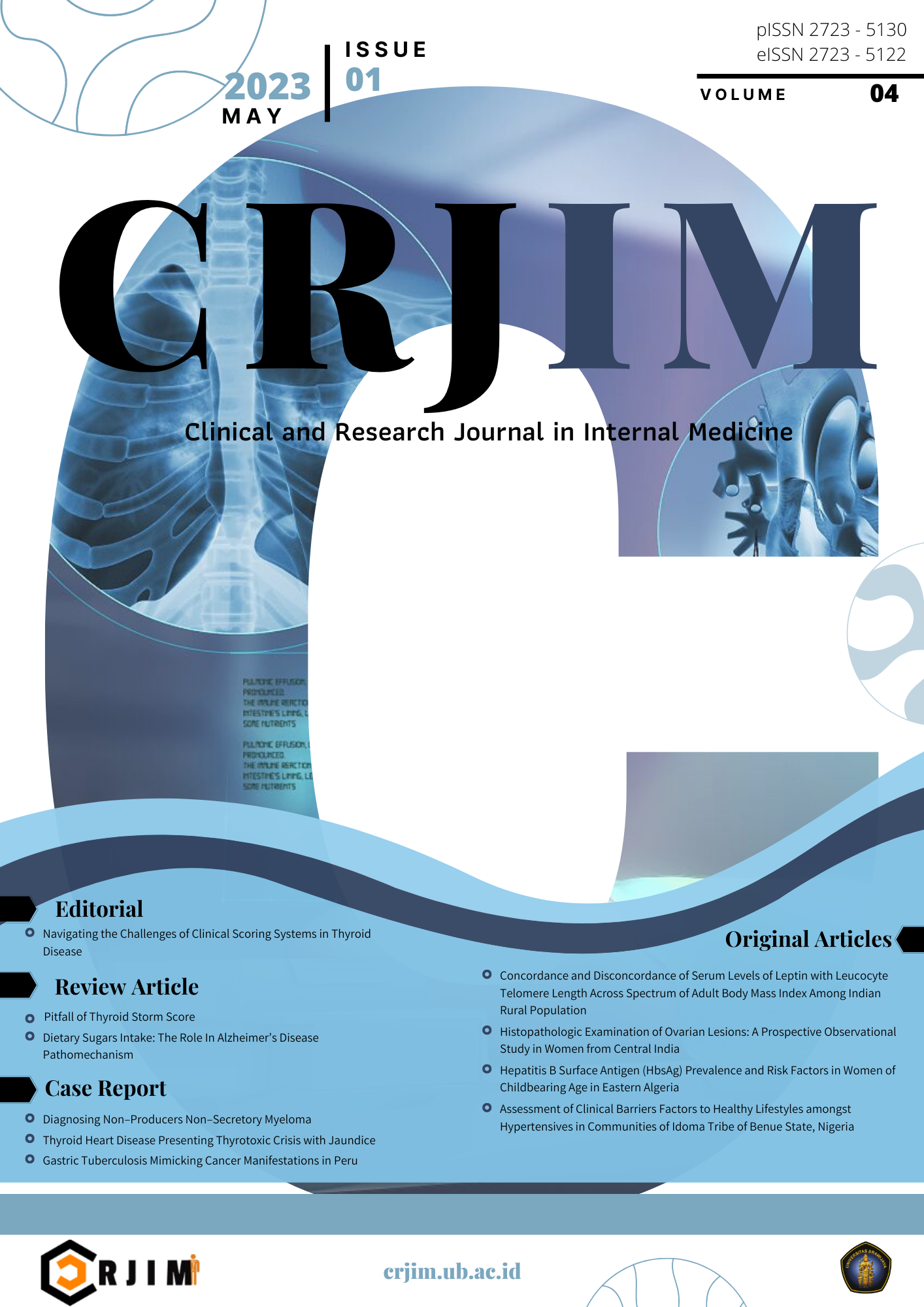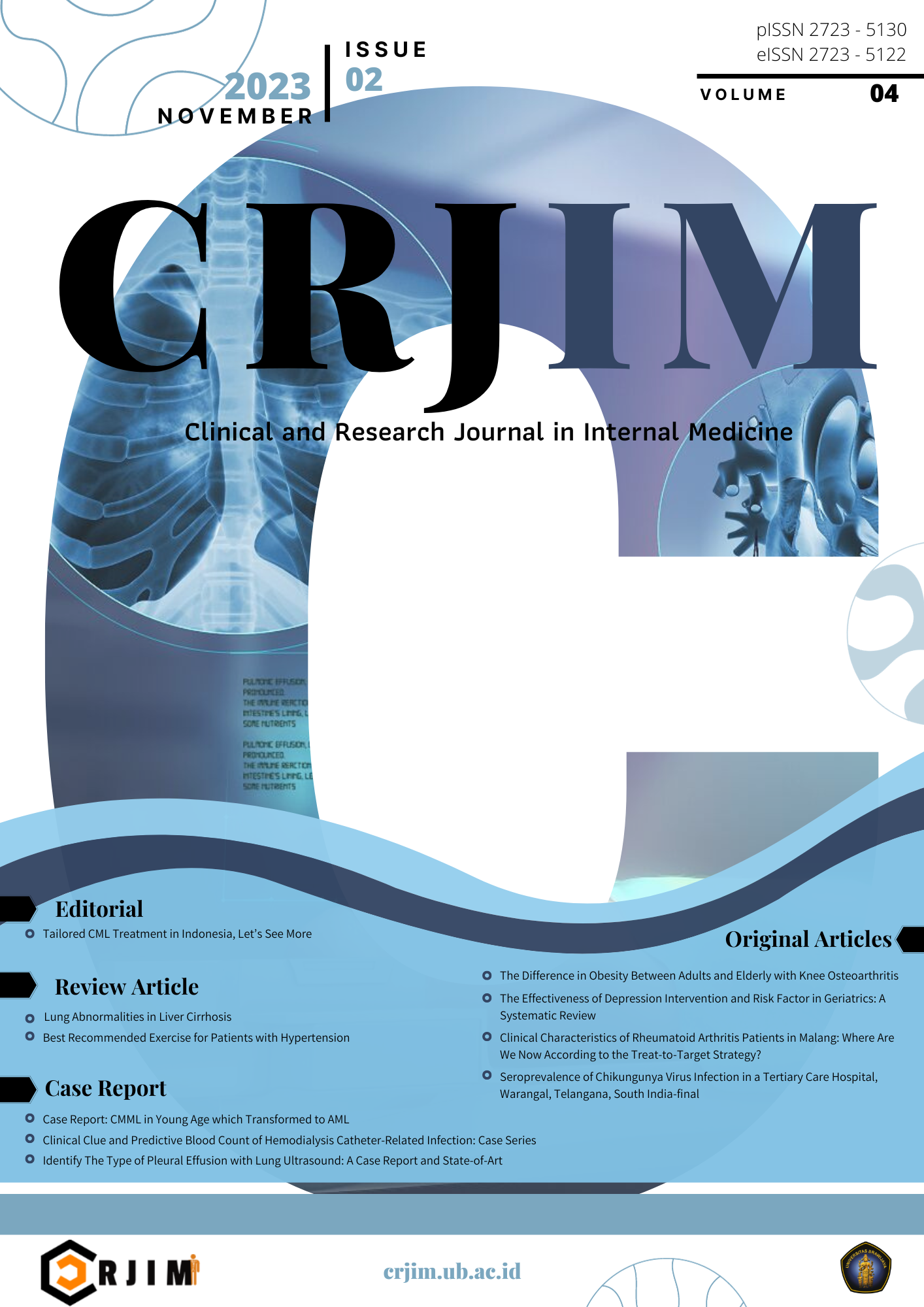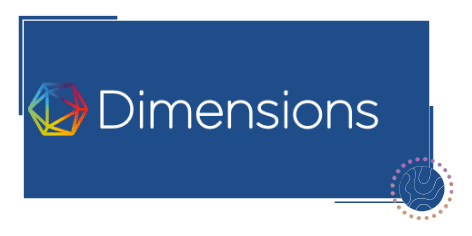Pitfall of Thyroid Storm Score
DOI:
https://doi.org/10.21776/ub.crjim.2023.004.01.6Keywords:
Pitfall, Burch–Wartofsky Point Scale, Thyroid stormAbstract
The thyroid storm is an emergency characterized by multiple organ failure due to severe thyrotoxicosis that is often triggered by other diseases. The diagnosis of thyroid storm is made clinically in a severe thyrotoxic patient with evidence of systemic decompensation. The Burch–Wartofsky Point Scale (BWPS) is a score that is widely used to diagnose thyroid storm, introduced by Burch and Wartofsky in 1993. In Burch–Wartofsky Point Scale, the thyroid storm diagnosis is made if there is clinically severe thyrotoxicosis with a score of 45 in a patient that has a previous history of elevated free fT3 (triiodothyronine) or fT4 (free thyroxine). But in a condition it cannot be distinguished whether a condition is caused by the effects of thyrotoxicosis or due to other diseases, then these symptoms are considered as a result of the effects of thyrotoxicosis. In the Burch–Wartofsky Point Scale, there is a pitfall. If we are accustomed to assuming a worsening of the condition in thyroid patients as a result of the effects of thyrotoxicosis, without trying to exclude the condition due to other conditions can lead to a misdiagnosis of thyroid storm. This article aims to remind us to be careful in applying diagnostic tools in diagnosing a thyroid storm.
References
Akamizu, T. et al. (2012) ‘Diagnostic criteria, clinical features, and incidence of thyroid storm based on nationwide surveys’, Thyroid, 22(7), pp. 661–679. doi: 10.1089/thy.2011.0334.
Akamizu, T. (2018) ‘Thyroid Storm: A Japanese Perspective’, Thyroid, 28(1), pp. 32–40. doi: 10.1089/thy.2017.0243.
Anderson, J. L. et al. (2020) ‘Free thyroxine within the normal reference range predicts risk of atrial fibrillation’, Journal of Cardiovascular Electrophysiology, 31(1), pp. 18–29. doi: 10.1111/jce.14183.
Burch, H. B. and Wartofsky, L. (1993) ‘Life Threatening Thyrotoxicosis’, Delaware medical journal, pp. 1411–1414. doi: 10.1002/9781119374800.ch16.
Freidooni, Z. and Forootan, M. (2018) ‘Nickan A case of thyroid storm ; a challenge to diagnose’, Renal Endocrinol, 4(April), p. e18.
Idowu, A. O. et al. (2020) ‘A case of thyroxine (T4) toxicosis complicated by thyroid storm with an unusual precipitant’, Caspian Journal of Internal Medicine, 11(2), pp. 231–234. doi: 10.22088/cjim.11.2.231.
Isozaki, O. et al. (2016) ‘Treatment and management of thyroid storm: Analysis of the nationwide surveys: The taskforce committee of the Japan Thyroid Association and Japan Endocrine Society for the establishment of diagnostic criteria and nationwide surveys for thyroid storm’, Clinical Endocrinology, 84(6), pp. 912–918. doi: 10.1111/cen.12949.
Kahaly, G. J. et al. (2018) ‘European thyroid association guideline for the management of graves’ hyperthyroidism’, European Thyroid Journal, 7(4), pp. 167–186. doi: 10.1159/000490384.
Lahey Frank (1928) “The Crisis of Exophtalmic Goiter”, NEJM; 199, pp. 255-257. doi:10.1056/NEJM192808091990601
Ono, Y. et al. (2016) ‘Factors associated with mortality of thyroid storm analysis using a national inpatient database in Japan’, Medicine (United States), 95(7), p. e2848. doi: 10.1097/MD.0000000000002848.
Rayner, S. G., Hosseini, F. and Adedipe, A. A. (2013) ‘Sepsis mimicking thyroid storm in a patient with methimazole-induced agranulocytosis’, BMJ Case Reports, pp. 1–3. doi: 10.1136/bcr-2013-200145.
Ross, D. S. et al. (2016) ‘American Thyroid Association Guidelines for Diagnosis and Management of Hyperthyroidism and Other Causes of Thyrotoxicosis’, Thyroid, 26(10), pp. 1343–1421. doi: 10.1089/thy.2016.0229.
Satoh, T. et al. (2016) ‘Guidelines for the management of thyroid storm from The Japan Thyroid Association and Japan Endocrine Society (First edition)’, Endocrine Journal, 63(12), pp. 1025–1064.
Shah, S. R. et al. (2018) ‘Idiopathic thyroid storm mimicking SIRS in a patient with hypothyroidism- a diagnostic dilemma’, Journal of Community Hospital Internal Medicine Perspectives, 8(6), pp. 368–369. doi: 10.1080/20009666.2018.1547090.
Shahid, M. et al. (2020) ‘Presentations and outcomes of thyroid storm’, Journal of the College of Physicians and Surgeons Pakistan, 30(3), pp. 330–331. doi: 10.29271/jcpsp.2020.03.330.
Shang, W. and Ma, Q. B. (2020) ‘Malignant arrhythmias as the unmasked manifestation of thyroid storm’, International Journal of General Medicine, 13, pp. 693–698. doi: 10.2147/IJGM.S265833.
Strowd, S. M., Majewski, M. B. and Asteris, J. (2018) ‘Malignant Hyperthermia Versus Thyroid Storm in a Patient With Symptomatic Graves Disease’, A & A Practice, 10(5), pp. 97–99. doi: 10.1213/xaa.0000000000000639.
Stumpf, M. A. M. et al. (2019) ‘Methimazoless-induced agranulocytosis and sepsis: Was thyroid storm present or just being mimicked?’, Acta Endocrinologica, 15(4), pp. 522–525. doi: 10.4183/aeb.2019.522.
Ylli, D., Klubo-Gwiezdzinska, J. and Wartofsky, L. (2019) ‘Thyroid Emergencies’, Pol Arch Intern Med., 129, pp. 526–534. doi: 10.20452/pamw.14876.THYROID.

Downloads
Published
How to Cite
Issue
Section
License
Copyright (c) 2023 Clinical and Research Journal in Internal Medicine

This work is licensed under a Creative Commons Attribution 4.0 International License.
The copyright of the received article shall be assigned to the journal as the publisher of the journal. The intended copyright includes the right to publish the article in various forms (including reprints). The journal maintains the publishing rights to the published articles.

















